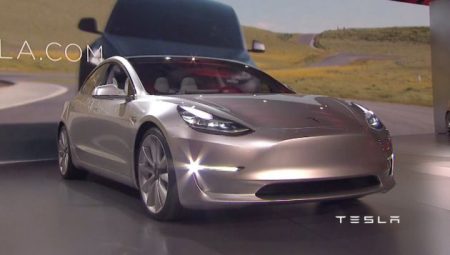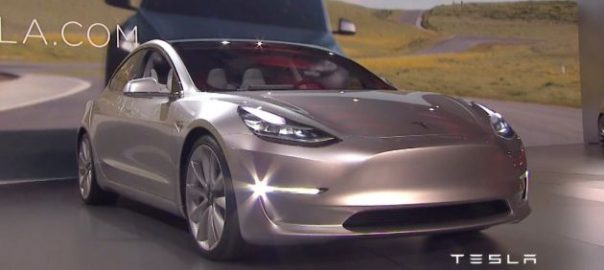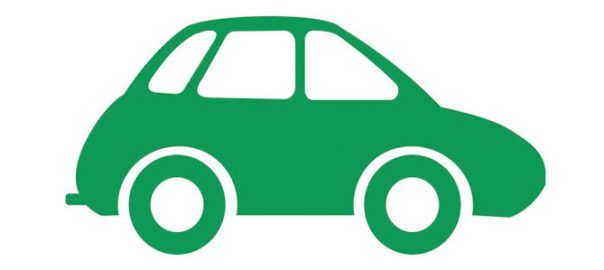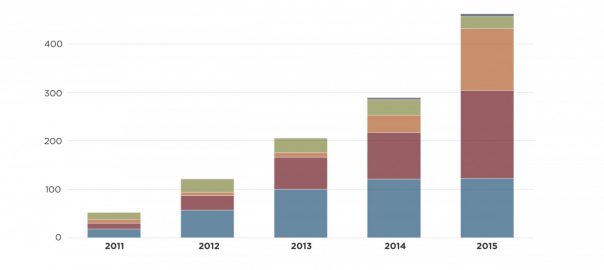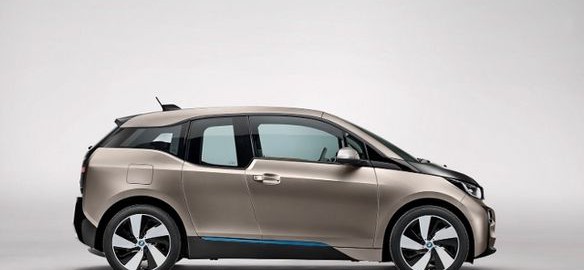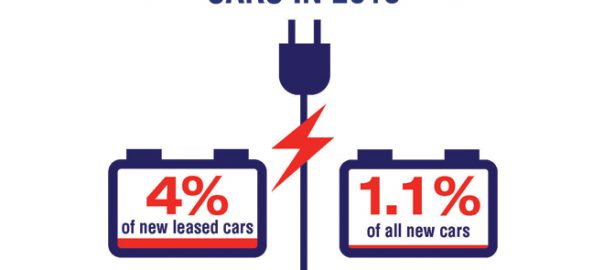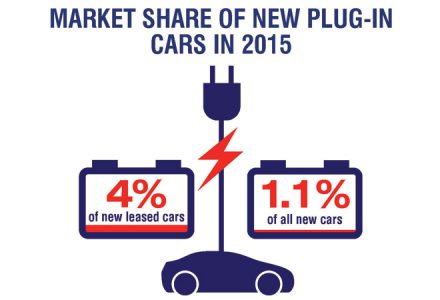Leeds City Council is to introduce free parking for residents who own green fuelled cars and vans.

From today (Tuesday 29 March), owners of ultra low emission vehicles in Leeds will be able to apply for a permit for free parking.
The 12-month permit will allow Leeds residents to park their environmentally friendly cars or vans for free in pay and display bays on the street and in pay and display bays in council run car parks.
Ultra low emission vehicles include electric powered and hybrid vehicles that run on electricity and diesel or petrol which produce no or few harmful pollutants.
Sales of ultra low emission vehicles doubled in 2015 but there are still relatively few on Leeds’ roads compared to petrol or diesel powered cars and vans.
Providing charging points and benefits like free parking could help consumers make the choice to switch to lower emission vehicles.
With an increasing focus on how to improve Leeds’ air quality, it’s hoped that the offer of free parking will help encourage drivers to go green.
Councillor Richard Lewis, executive member for regeneration, transport and planning, said:
“Transport emissions are one of the biggest contributors to poor air quality so it’s really important that we provide the conditions and infrastructure that allow people to go green.
“Drivers who’ve already made the commitment to cleaner air with a low emission vehicle will be able to benefit from free parking, subject to meeting the criteria and following normal parking rules.
“To anyone considering buying a new, green vehicle, we hope this will act an extra, small incentive.
“On its own, this offer isn’t going to improve Leeds’ air quality. As part of a package of measures however, it’s another step in the right direction to improving the environment and people’s health.”
The permit is only available to Leeds residents.
The same rules on maximum stays will still apply. All other restrictions, such as yellow lines, disabled spaces and loading will apply too.
Failure to display the permit without paying the normal parking fees and contravening any other parking restrictions could result in parking tickets being issued.
There is no charge for the permit.
People can apply for the permit on the council’s website from today (Tuesday 29 March).
Only vehicles that the Department for Transport recognise as an ultra low emission vehicle for their plugged in grant scheme will qualify for the permit. A full list of vehicles can be found on their website.
Offering the free parking can be accommodated within the council’s budget.
Leeds City Council is using more green vehicles, is planning to convert its bin lorry fleet to run on greener fuel and is working on plans to build a compressed natural gas filling station.
The council also hopes to emulate the success of the Elland Road park and ride at a proposed site in the Aire Valley.
The council is also working with partners to ensure they can access funding and support to run greener vehicles.
Source: Leeds.gov
